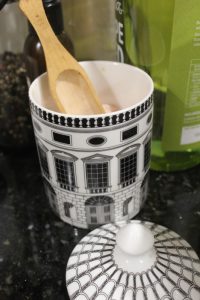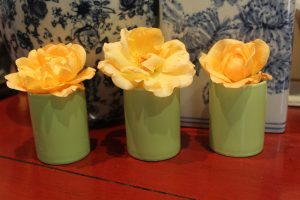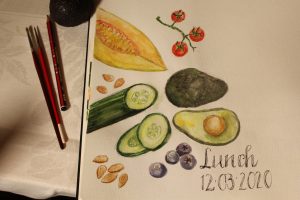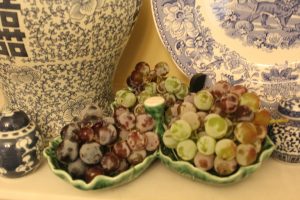propagating pelagoniums
Regular readers know I like to propagate my own plants. This is an satisfying and economical way to add to the garden. I’m really pleased with the strong growth on a collection of lucky bamboo stems I rooted a few weeks ago and will plant them in soil as soon as it is a bit cooler (here)


This pink pelagonium is sturdy and very pretty. It blooms regularly throughout the year. To create new plants I simply snip off a stem with some leaves, strip off all but about three of the leaves then put the stem in a jar of water. Sometimes I dip the stem of plants I am propagating in rooting/hormone powder but not pelagoniums.
I snip short pieces off the end of existing branches to propagate, not long pieces. You can do this any time of the year as pelagoniums don’t have a dormant period like many plants. I always get the roots started in water but some people prefer planting the ‘slip’, the snipped off piece straight into potting mix.
Within days small white threadlike roots will begin appearing. I like four or five roots shooting before I plant them in soil. Due to the ongoing heat I am keeping these ‘slips’ in water inside with dappled light for a while longer. I will actually plant these in the trough the parent plant grows in. Massed together they look wonderful when they’re blooming.
Although I would normally start new creeping fig (ficus primula) plants in spring I really want to cover the back garden wall with greenery, so need new plants. It is partially covered with creeping fig. We have had an extremely blisteringly hot summer and like so many other people, I have lost plants. A green wall might help cool the area in future summers.


Pexels
Interestingly, a neighbour told me creeping fig was a bit naff and out of fashion. Who knew? It is a good choice for the west facing wall I already have it growing on, only requires occasional pruning and doesn’t need a lot of water.
Other plants I have propagated include small leaf and common ivy (here), rosemary, box and hydrangeas.


roses and chilli thrip


Last year Chilli Thrip decimated roses in this area. The Department of Primary Industries and Regional Development says thrips are most active during spring, summer and autumn. They say the recent few days of rainfall and humidity have created perfect conditions for the thrips which feed on the sugars of the new shoots on plants. The sap sucking insects caused deformities in flowers, stems and leaves.
The only treatment is spraying with harsh chemicals. The added problem is that everyone nearby has to treat their roses, too, as the thrips quickly move from one address to another. I love my roses and am glad they have all survived being attacked as many around here haven’t but I am not keen on spraying them for most of the year to prevent attacks.
In the meanwhile, regular spraying has resulted in some beautiful roses in the house but not the vase full above: they were bought!
macarons


Still eating macarons although the French celebrated Macaron Day on the 20th of March. The best recipe on Youtube for first time makers is this one (here) but I find it a bit too temping having lots of sweet, pretty, delicious macarons in the house!
coffee
I’m a long time drinker of coffee. A friend and I used to sneak out of boarding school in the evenings and on the weekends, go down a back lane then cross the main street to drink coffee in a Greek cafe. That worked well for about two years until the evening we were leaving the cafe and looked up and saw the head of our boarding house watching us through the bus window. That didn’t end well.


Image Pixabay
My coffee drinking penchant developed over the years. I used to drink long blacks day and night, then about twenty five years ago began drinking espressos. At home, my preferred place to enjoy good coffee, I drink espressos and when I out, I order double espressos, hoping for, but often not getting, depth of flavour. Now I stop drinking coffee around 4pm because I’ve read it can interfere with sleep.


Image Pixabay
I’ve also just read that recent research says coffee is good for you! What a relief. Apparently around four cups of coffee a days has been shown to lower the risk of developing coronary heart disease, heart failure and heart disease. Regular drinkers of coffee live longer and are less likely to develop Type 2 diabetes, Parkinson’s disease, have a stroke or develop chronic liver disease. Coffee boosts awareness and improves exercise endurance. And it tastes great! So, whether you’re enjoying a coffee and a quiet moment or sitting with friends and chatting, it’s reassuring to know your coffee is promoting good health.



























































